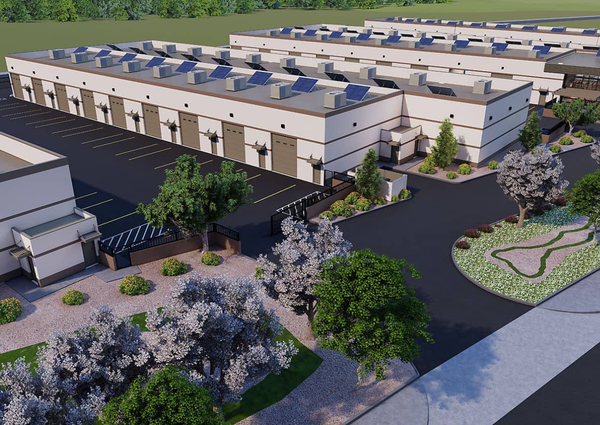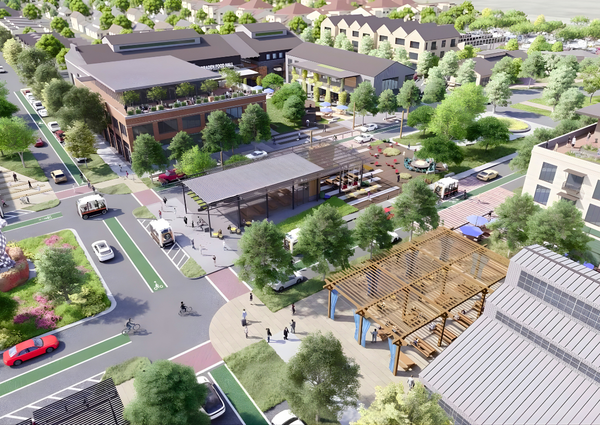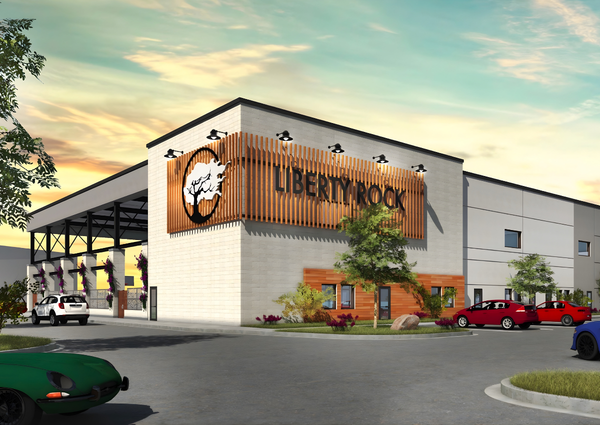Kaiser Permanente Breaks Ground on New Sacramento Railyards Medical Center.
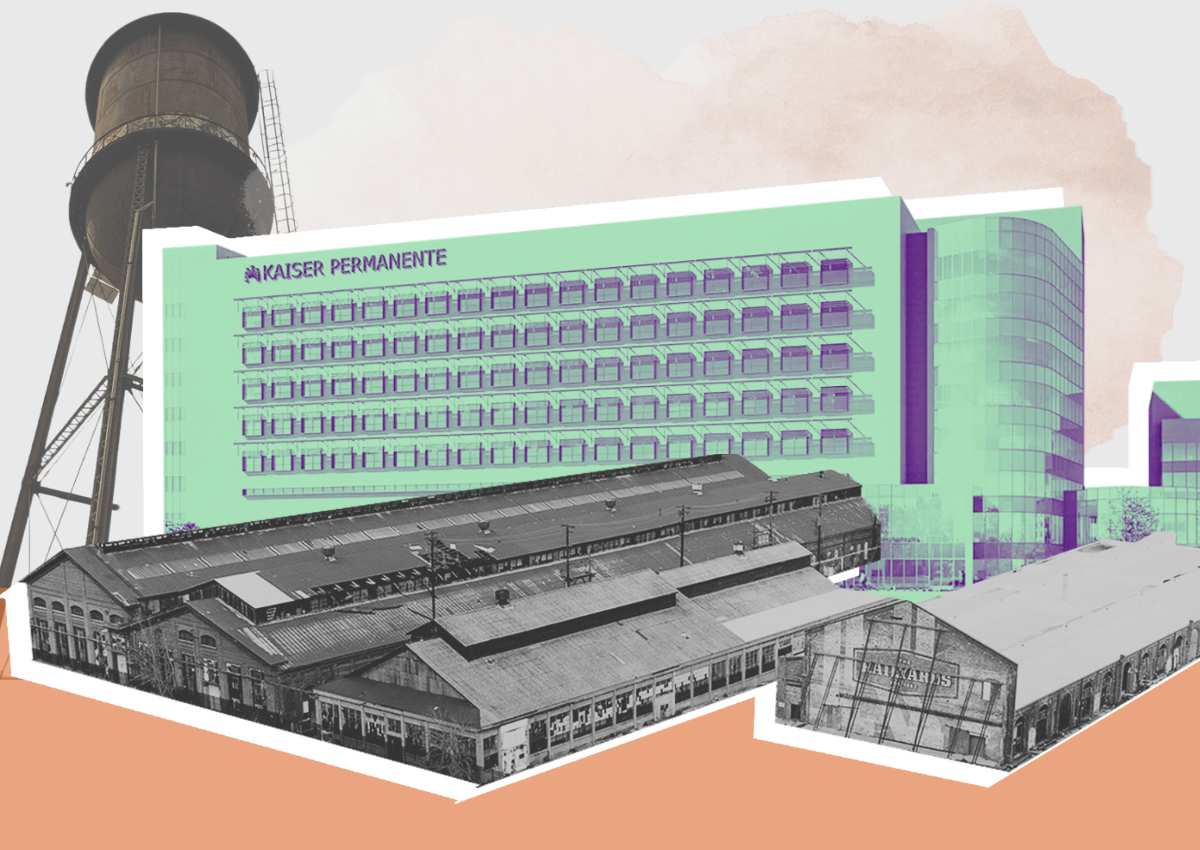
Kaiser Permanente officially broke ground yesterday on its new 18-acre medical center within the Sacramento Railyards, marking a significant step forward in the development of the largest urban infill project in the nation.
When completed in 2029, the campus will include a full-service hospital, outpatient medical offices, and a structured parking facility.
Kasier at Railyards Project Site Video
Located at the northeast corner of Railyards Boulevard and Bercut Drive, the campus will feature an eight-story, 662,050-square-foot hospital with 310 private rooms, 14 operating rooms, and a 70-treatment-bay emergency department. It will also house intensive care units, neonatal intensive care, and comprehensive maternity services, including labor, delivery, and postpartum care.
Adjacent to the hospital, a five-story, 173,000-square-foot medical office building will include 66 exam rooms and provide primary and specialty care, including Kaiser Permanente's Advanced Neuroscience Center, which will offer advanced diagnostic and treatment options for neurological conditions. The facility will also feature laboratory, pharmacy, imaging, and diagnostic services on-site.
The project also includes a 1,500-stall structured parking garage covering approximately 490,250 square feet and a 200-stall surface parking lot.
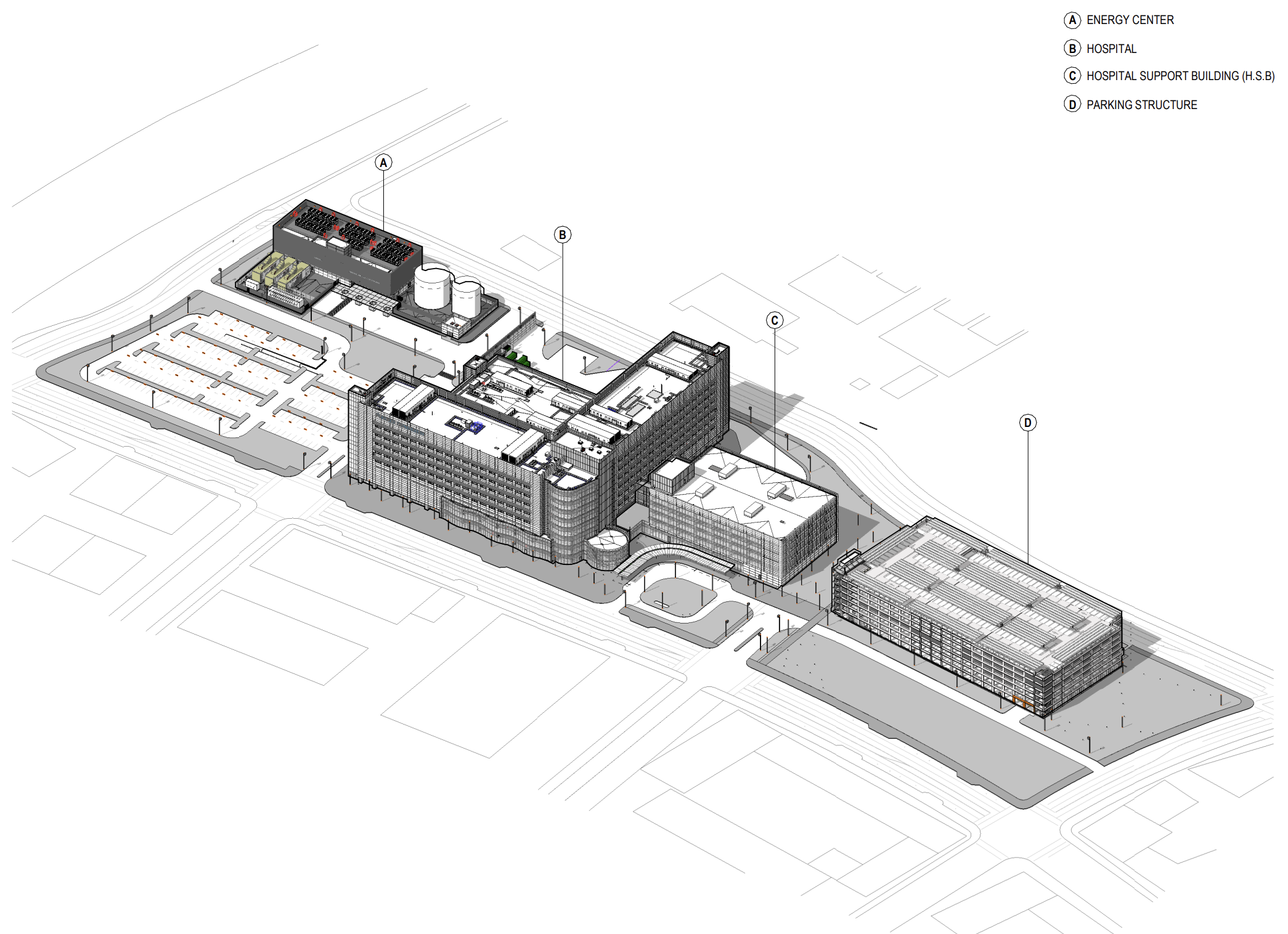
The campus is designed to be one of California's first all-electric hospitals, aligning with Kaiser Permanente's commitment to sustainability and environmental responsibility. It will feature solar panels, electric vehicle charging stations, drought-tolerant landscaping, and materials that emit low levels of pollutants to enhance indoor air quality. The project aims to achieve LEED Gold certification, ensuring high standards of energy efficiency and environmental accountability.
Construction of the medical center is expected to progress in phases, with work on the parking structure commencing first. Hospital construction is slated to begin in mid-2025, with full completion projected by 2029. Once operational, the facility is expected to create nearly 3,000 jobs, boosting Sacramento's economy and strengthening the city's healthcare infrastructure.


